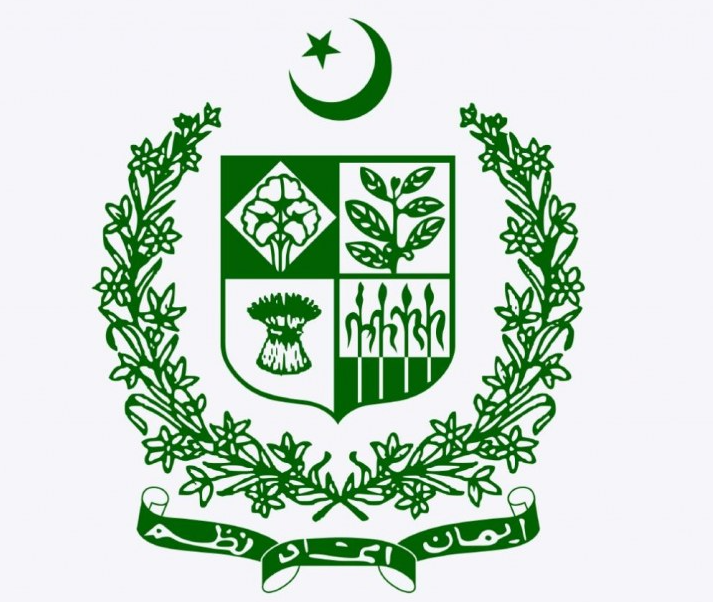Let’s inspect the Denmark National Emblem. Denmark, a Scandinavian gem, boasts a rich cultural heritage that is beautifully encapsulated in its national emblem. In this comprehensive article, we will delve into the history, significance, and design of the Denmark National Emblem. Join us on a journey through time and symbolism as we explore the heart of Denmark’s identity.
The Origins of the Denmark National Emblem
A Glimpse into Denmark’s Past
To understand the significance of the Denmark National Emblem, we must first travel back in time to the roots of this remarkable symbol. Denmark’s history is woven with tales of Viking conquests and royal dynasties. It was during the reign of King Gorm the Old in the 10th century that the emblem began to take shape.
Evolution of the Emblem
Over the centuries, the national emblem underwent several transformations, reflecting the changing political landscape and cultural influences. From the three lions of King Valdemar the Great to the current design, each iteration tells a story of Denmark’s evolution.
Denmark National Emblem: Design and Symbolism
The Iconic Red Background
The Denmark National Emblem features a striking red background. This color holds deep historical significance, representing valor and courage. It is a tribute to the nation’s formidable past and enduring spirit.
The White Cross
At the center of the emblem lies a bold white cross. This cross is a symbol of Christianity, highlighting Denmark’s historical ties to the Church. It also signifies unity and strength in the face of adversity.
The Four Arms of the Cross
The white cross is further divided into four arms, which represent Denmark’s historical regions: Jutland, Funen, Zealand, and Bornholm. These regions have played pivotal roles in shaping the nation’s identity.
Denmark National Emblem: Significance in Modern Denmark
On Flags and Beyond
Today, the Denmark National Emblem graces the country’s flag, known as the Dannebrog. It is a source of immense pride and patriotism for the Danish people, symbolizing their unity and shared history.
Official Use
Apart from the flag, the national emblem is also prominently featured on official government documents and buildings. It serves as a constant reminder of Denmark’s rich heritage and the values it upholds.
Conclusion
In conclusion, the Denmark National Emblem is not just a symbol; it is a testament to the nation’s resilience, heritage, and identity. Its rich history and deep symbolism make it a cherished emblem that unites the Danish people.
Frequently Asked Questions (FAQs)
1. What is the history behind Denmark’s national emblem?
The Denmark National Emblem has its origins in the 10th century during the reign of King Gorm the Old. It has evolved over the centuries, reflecting Denmark’s changing political and cultural landscape.
2. What does the red background of the emblem signify?
The red background symbolizes valor and courage, paying homage to Denmark’s formidable past and enduring spirit.
3. How is the national emblem used in modern Denmark?
The national emblem graces the Danish flag, official documents, and government buildings, serving as a symbol of unity and shared history.
4. What do the four arms of the white cross represent?
The four arms of the white cross represent Denmark’s historical regions: Jutland, Funen, Zealand, and Bornholm.
5. What role does the national emblem play in Danish culture?
The national emblem is a source of immense pride and patriotism for the Danish people, reminding them of their rich heritage and the values they uphold.
References
- Danish Government. (n.d.). The National Coat of Arms. Retrieved from https://www.ting-og-symboler.dk/english/the-national-coat-of-arms/
- Denmark.dk. (n.d.). The Danish Flag and National Emblem. Retrieved from https://denmark.dk/people-and-culture/danish-society/the-danish-flag-and-national-emblem
- Denmark.dk. (n.d.). History of the Danish Flag. Retrieved from https://denmark.dk/people-and-culture/danish-society/history-of-the-danish-flag

